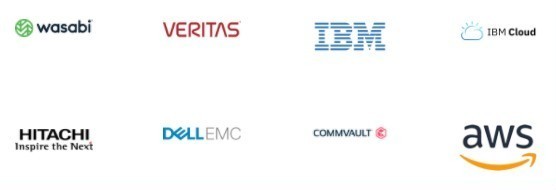Two-for-one deals are often hard to pass up. It means getting more for the value of an initial investment for one purchase or purpose. The same could surprisingly be said for deduplication.
Deduplication has been a method for saving on storage costs for many years. By eliminating duplicate copies during the data protection process, organizations can save on storage costs by minimizing the space and capacity required to store data. The cost savings are often very substantial, especially when you multiply the deduplication methodologies across replicating backups for disaster recovery (DR). And while there are other considerations for the differing methods of deduplication to consider, such as ensuring how backup windows are met, there is one other cost saving benefit that often gets overlooked and could be just as significant as the storage cost savings.
With deduplication, the added benefit is the substantial savings that stem from network bandwidth. With storage data being deduplicated, the amount of data for transmission is significantly reduced and therefore reduces the traffic across the network as part of the data protection process. With less data replicated after deduplication, less band width is used. Less band width is a cost savings, especially for the cloud where vendors will charge by network utilization. The reduction in network utilization also frees up the network for other critical network transitions to occur. With less data having to traverse the network, network utilization is reduced for data protection overall.
For DR, the savings in storage for the replicated site in one thing. But replicating to a DR site is much faster as well, with a fraction of the data being sent over which translates to meeting shorter SLAs (Service Level Agreements) for DR.
In today’s critical world of cost savings, network bandwidth is a critical element that is often overlooked as a deduplication benefit. The added benefit of leveraging the right deduplication method can save organizations more than the storage footprint.



